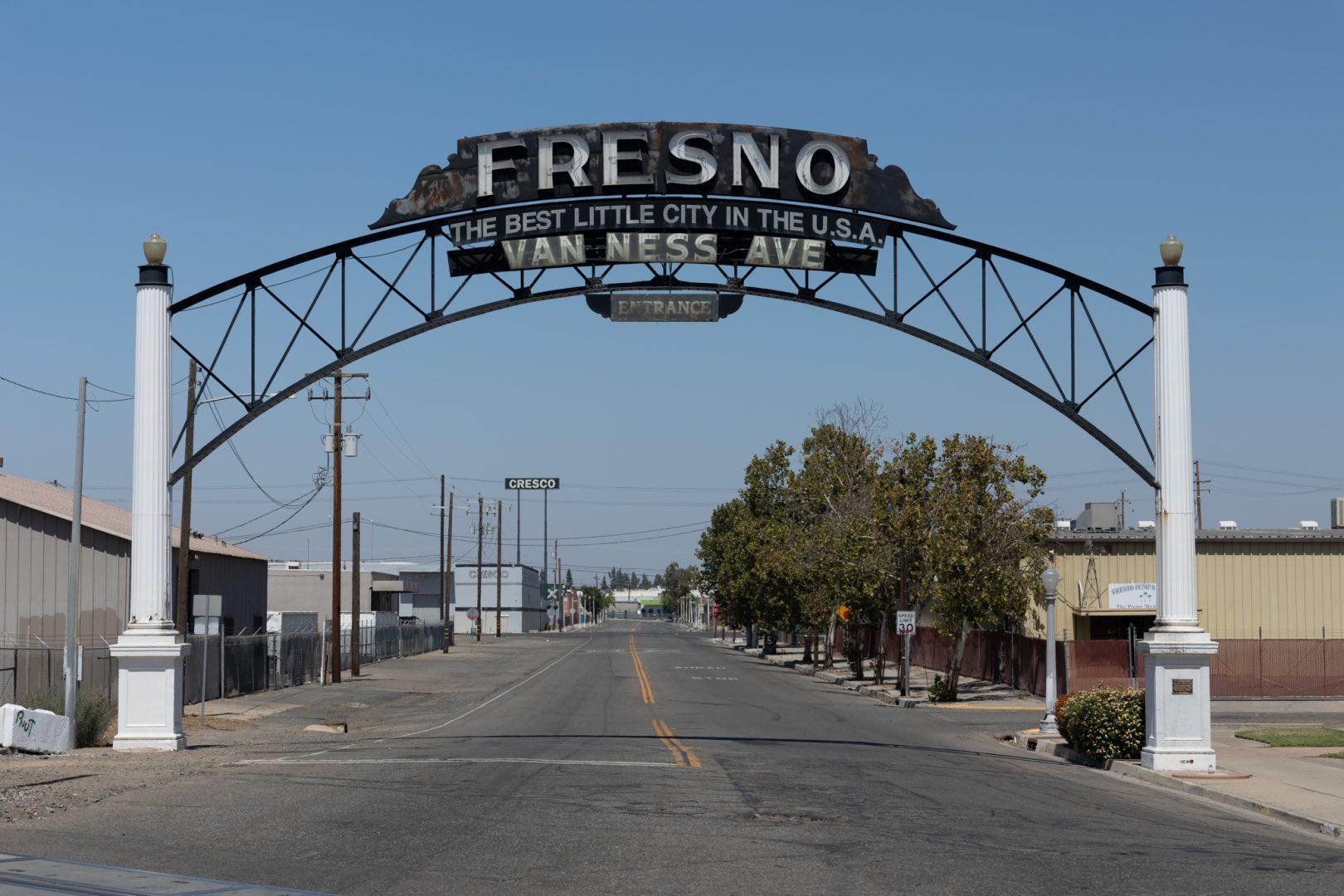During a recent visit to Sacramento, what immediately struck me was the walkability of the city. I enjoyed walking from place to place in downtown and midtown because everything is so close and lively.
But what was most astonishing was the mixed-use zoning, in which restaurants can be houses or be right next to houses. Also, the public transit system in Sacramento, such as the city’s light rail and bus system, makes it easy to get around downtown and midtown without a car — unlike Fresno.
My return to Fresno after my visit reinforced my idea of how unwalkable this city is. Most traveling requires having a car for everything because of laws and how the city is designed around cars.
Fresno also has single-family home zoning, like the rest of the United States, which makes it difficult for any different housing or mixed-use to be allowed in the city. Fresno is divided into three zones: residential, commercial and industrial.
In a YouTube video, Dave Amos, an assistant professor of city planning at Cal Poly San Luis Obispo, explained that the United States used to have hierarchical zoning, which allowed mixed-use. However, that is no longer the case.
“One estimate has 80 US cities using non-hierarchical zoning,” Amos said in the video. “When you combine this with our love for many separate zones, you get a city with isolated uses.”
Many parts of Fresno are challenging to reach because they are very isolated, oftentimes requiring use of a car. I have a friend who needs to drive 30 minutes to the nearest grocery store because his area is isolated like this.
I have seen multiple other parts of the city that also have no nearby grocery stores, restaurants or retail stores. This is even more challenging for individuals with disabilities or using mobility aids because certain parts of Fresno don’t have any bus stops, public transportation or even sidewalks.
In Sacramento, I could walk to the grocery store about five minutes down the block from me. Near midtown are old suburbs that are very dense and walkable.
It was nice to see the neighborhood being able to gather nearby at a Thai restaurant. I also saw GameStop stores that were also housing, making it easy for workers to live close to work.
Sure, Fresno has some apartments that are also a mixture of retail stores and housing, but only in Downtown Fresno. We need to expand more mixed-zoning housing outside of that area.
However, the issue is that a lot of Fresno residents who oppose nearby building projects, refuse to build a different type of housing that isn’t single-family homes.
Rather, the city and these residents would rather expand the roads for cars than make the city walkable or expand public transportation. So many parts of Fresno don’t have any sidewalks. I remember one time I had to walk next to the fairgrounds, and the sidewalk just disappeared. I had to walk in the bike lane.
Again, it is not acceptable for the city not to have sidewalks.
Fresno is having a housing issue due to “rent and home costs that skyrocketed during the pandemic, low wages and a mismatch of affordable housing needs and availability,” according to The Fresno Bee.
In addition, the city has multiple blighted or vacant properties and unused parking areas that could be converted into mixed-use housing, as Sacramento has already shown is possible.
We have to stop designing the city around cars and instead design around human beings, and build mixed-use housing to help achieve that goal.




